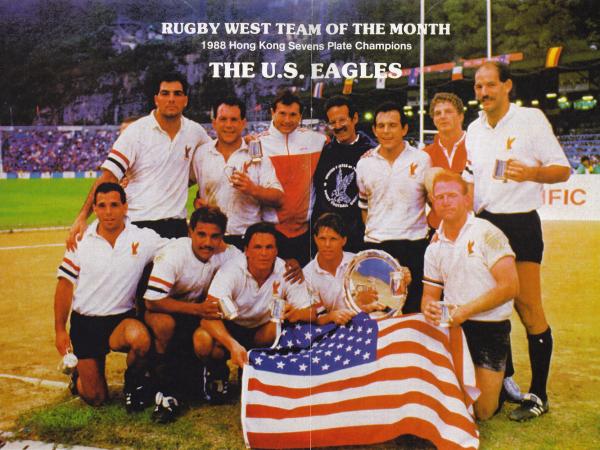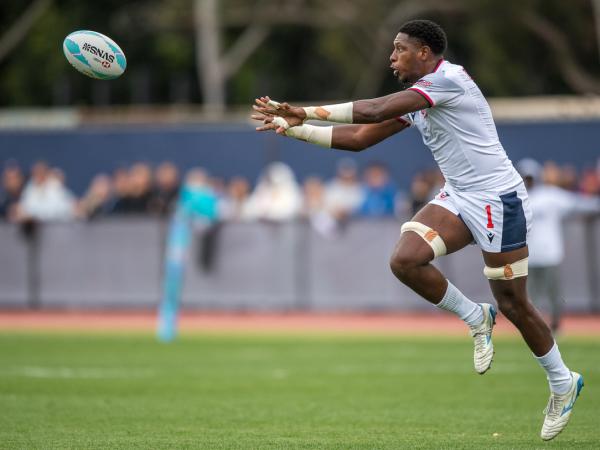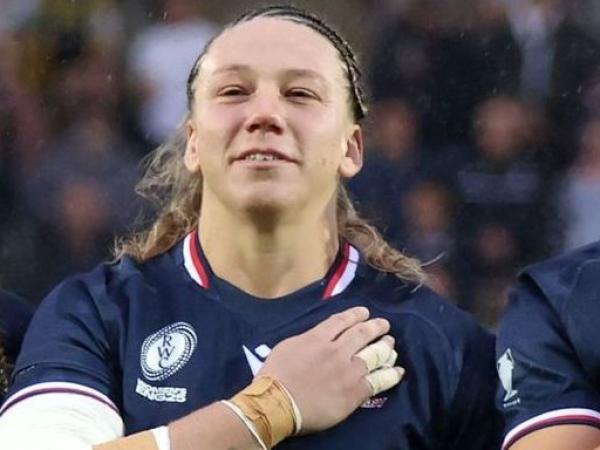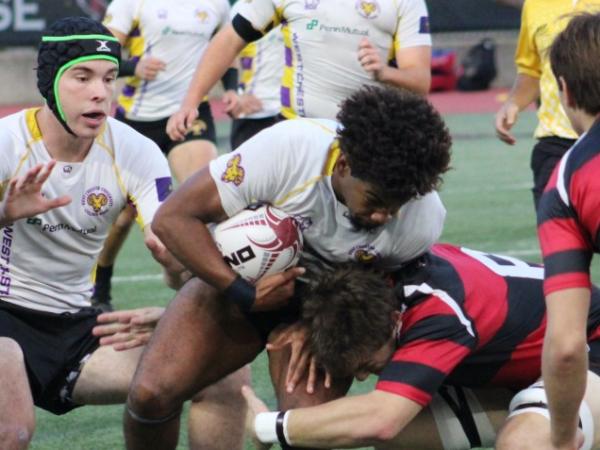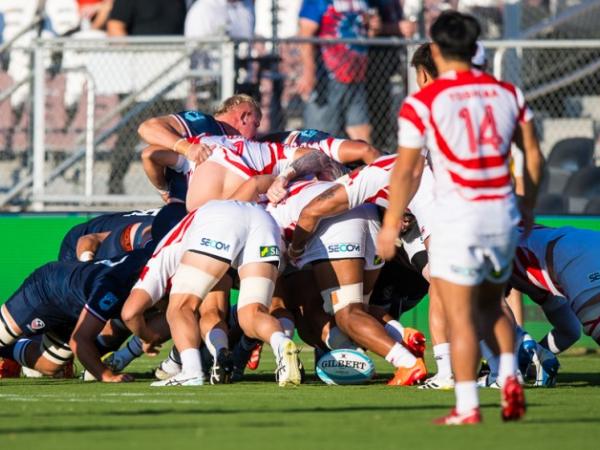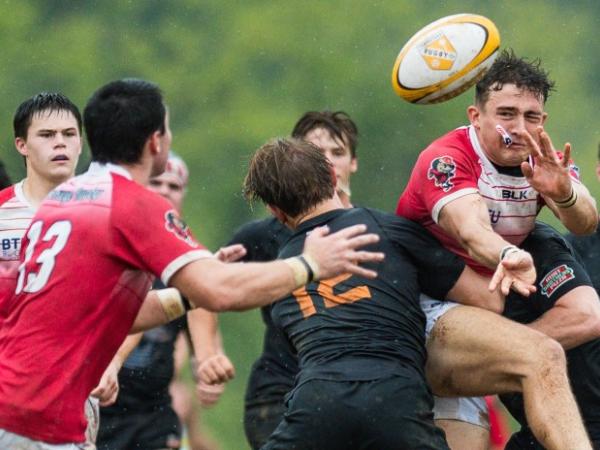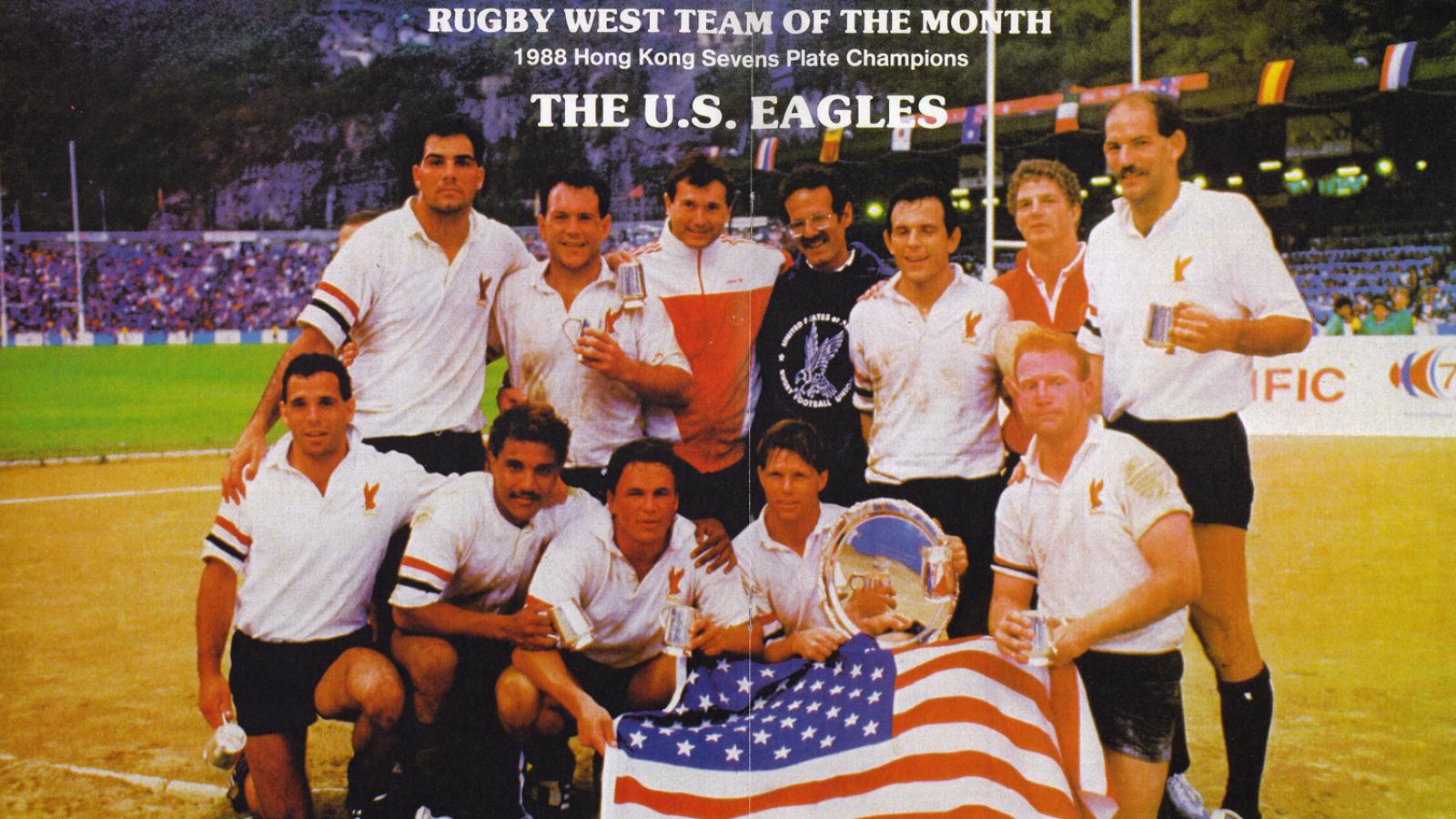Editor’s Note: It has taken me some time to post this article because … well there’s other stuff going on and also because I had to talk to several people to get all the right information. It might, in some ways, seem like it’s a bit late and why bring it up, but there’s a good reason for me to write and publish this and I’ll attend to that in a second.
First off, though, it’s important for me to point out that the LA 7s and LAI has been a Goff Rugby Report sponsor since 2020. I (Alex Goff) produce the event program and this site promotes both events. Having said that, the sponsorship deal doesn’t mean I don’t talk about important or controversial issues.
The reason for me to write this article is not to defend the LAI or AEG, but it is, in the end, here to defend the reputation of someone I respect and who deserves better than he has received.
The historically bad weather in late February in Southern California contributed heavily to major problems in the LA Invitational.
The aftermath has brought up serious questions about how the tournament was run. Could there have been better decision made? Probably. Are critics hand-waving the weather? Almost certainly.
The Weather Was Really Bad
This can be difficult for any one team to understand, particularly those that come from areas where weather is generally more mild. Los Angeles is a pretty dry place, and in fact had been suffering a drought. When dry, baked ground is rained on, hard, you can get flooding and people who operate grass sports fields worry about those fields being damaged.
The rain in LA at the end of February was historically bad—heavy and prolonged. The weather led to the closing of all grass fields in Los Angeles. Consider that for a moment—every single grass field (aside from professional stadiums) in the city was closed. No argument. No special treatment.
And while Tournament Director Howard Kent and AEG staff had four synthetic fields available at or near the stadium, they spent the week leading up to the tournament desperately trying to find more. They just couldn’t find them.
The High School tournament, set for one-and-a-half days was reduced to Friday only at two fields on the campus of Mira Costa HS. Original hosts Cal State Long Beach nixed the games on Wednesday. Mira Costa agreed to host on Thursday. Teams were informed as soon that was confirmed.
(Kent did make a mistake in his initial email about the move, giving the wrong name for the high school, but corrected it in the follow-ups and no one, as far as we know, was affected by that mistake.)
The College and Club brackets were Saturday only. The schedules had to be shifted around significantly but it’s worth noting that in many emails the tournament sent out to teams prior to the event and during the weekend they were repeatedly told to assume they had a kickoff time of 8AM. So while it’s a pretty lousy situation to go to bed at midnight thinking your first game is at 11AM and then wake up to find out your first game is at 8:30, this was something teams were warned about.
The Premier and Elite brackets were planned to be held on three fields. But the Toyota Soccer Complex (plan B) could only provide two synthetic fields, and was closing down at 4PM. The upshot was that the Elite matches (these teams paid more to attend and were more likely to have come from overseas) got their full complement of games, while the Premier bracket was changed to a straight knockout.
Kent had promised teams four matches with those going for a trophy playing as many as six. This happened for just about everyone, but in the Premier bracket, now changed to a knockout format, some teams got only three, some got four, and no one got more than that.
Criticism of Changes
As the LAI wrapped up an email chain among the teams involved started up. Several teams weren’t happy. One emailer called the decisions to change the schedule “hasty.” At GRR we wonder what they would have wanted … the new schedules for Friday and Saturday came out on Thursday. It is doubtful anyone would have welcomed changes on the day of the competition.
In addition, we at GRR saw several critiques saying something to the effect of “we know the weather was bad but …” No … no but. The LAI had no control over the fields. Those who compare the LAI to Dubai ignore that Los Angeles was experiencing a rainstorm the likes of which it hadn’t seen in many decades. If there was a heavy rainstorm in Dubai, do they think it would have been business as usual?
And in Dubai (and elsewhere) it’s essentially the power of the Emir who decides that a rugby tournament takes precedence. Municipalities and venue operators in Los Angeles weren’t going to make that sort of decision.
So the weather was very, very bad and it forced things to be moved. There is no getting around that. And the move meant for confusion, changed schedules, and some canceled games.
It led to Dignity Health Sports Park telling their own staff not to be out on their fields because of the lightning threat. It led to the simple act of writing down a score or opening up a laptop becoming impossible.
Logistical Issues
The rain and wind didn’t stop on game day. Goalposts were put up, only to be blown down. They were put up again, only to be blown down again. At some point someone has to take the hint and leave them down, which is what happened.
While the LAI did not provide tents to the teams (that was up to them, and many teams were savvy enough to buy a tent from WalMart or Home Depot and address the issue), they did have some basic amenities. However, many of those were delivered to Dignity Health Sports Park earlier in the week, and the rental providers were not able to move them in time. Admin tents, temporary toilets, and golf carts sat unused at Dignity Health.
Toilets were a pressing issue of course. They were hard to find at Mira Costa, but they were there. When things backed up, Duke Dulgarian (who runs the Mira Costa HS rugby team) and others, in the true spirit of rugby, bought plungers and towels and fixed it themselves.
At another venue, the venue management building allowed players inside to use the toilets.
All of this is to say it was very difficult for players, coaches, referees, and also the people running the event. Going from a couple of venues to many stressed volunteers and staff in a way that is difficult to predict. Certainly there were problems at these venues, but it’s a little too easy to say you could have done better.
Promises
Kent and the LAI promised teams a minimum number of games, and aside from part of the Men’s Premier bracket, those minimums were met. When the Premier and Elite brackets were only able to be on two fields, not three, and for less time that originally planned, something had to give. Kent reasoned that the Elite brackets had more foreign teams and had paid more, so they should get the matches they were promised. It was these Elite teams, interestingly, that were most vocal in vilifying Kent.
Should the LAI Have Been Canceled?
No team called for the cancelation of the tournament. In fact, the central complaint from teams was that they wanted to play more, not less. It’s also worth remembering that Howard Kent did not have the authority to cancel the LAI. That authority lay with AEG, USA Rugby, and World Rugby. Kent’s job was to make sure the tournament happened. Everyone else was concentrating on making sure the World Series event could still go on.
The Stadium Matches
Here is where things have blown up on social media. The Men’s and Women’s Elite finals were supposed to be in the Dignity Health Sports Park stadium on Saturday afternoon. In the end, only one of these games was played, on Sunday, and here’s why:
There were two lightning delays on Saturday. The delays meant that the Elite finals could not be played on Saturday because there was no time—the World Series event took precedence. There was confusion about this decision because at some outlying LAI fields there was only one lightning delay, but when to delay and for how long is the purview of those who control a venue. At Dignity Health, play was stopped twice, both times for about an hour. Whether play was stopped at a field a couple of miles away or not is immaterial.
No one was sure whether the Elite finals could be played on Sunday, but there was a possibility. The Ireland Development team delayed their departure in order to be available to play on Sunday (despite no guarantee), and Seventise was available for the final also.
Now here’s where it gets difficult. We spoke with Kent, volunteer organizer Dylan Hamilton, and with Rhino coaches Andreea Trufasu, Lisa Jackson, and Justin Benn—Rhino had both of their teams in the women’s final. For the most part their accounts agree.
Here’s what we can ascertain happened.
As Saturday afternoon progressed it became evident that lightning delays were eating up the time buffers in the World Series event. Benn and Jackson spoke with Hamilton around 3PM about what was going to be done. Hamilton said he really didn’t know, but called others within the AEG group to find out. Hamilton himself says his answer wasn’t very specific—the weather was still a major issue and he couldn’t guarantee anything.
Both Jackson and Benn praised Hamilton for his attempt to help. The Rhino coaches suggested playing their final games at another venue. Once again, the weather was an issue. Hamilton said he didn’t want to provide any false hope and said everything was being played by ear.
Trufasu told GRR that on Saturday they learned that the finals were canceled for that day due to the lightning and said the teams were disappointed but called it a reasonable decision. Rhino players stayed in the stadium until about 4:45PM on Saturday but then left—a matter of player welfare, said Trufasu. They did ask if they could receive their trophy as they were not planning to return on Sunday just to receive a trophy then.
All parties agree this is how things happened—perhaps the only difference seems to be how definitive the situation was. Jackson says that when she asked Hamilton about playing on Sunday, he said no. Hamilton told GRR he was less specific than that, saying “we were playing everything by ear at that stage and on Saturday we had to get the World Series rugby done. I didn't want to give anyone false hope.”
No one wanted to promise anything.
Kent tried to get the trophy for the Rhinos program and eventually did present it to Waisale Serevi, who was there to receive it on Rhinos’ behalf.
Here’s where the communication broke down. Rhino coaches left thinking that if anything changed they would be notified. Kent reasoned that if Rhino wasn’t coming back Sunday then they weren’t coming back Sunday no matter what changed. Rhino coaches were under the impression there would be no slots for a LAI final in the stadium on Sunday.
As it turned out, there was a slot for one final. The Ireland Development team and Seventise, the teams in men’s final, had stated they would change their plans and be ready all day Sunday to play. Given that, and given Kent’s understanding that Rhino’s players were not coming back Sunday, and given that the men’s finalists had traveled from Europe to play, Kent gave that one stadium spot to the men.
Rhino was never contacted to be given the option for those reasons above. As it turned out, had Rhino been told there was a possibility of playing on Sunday, they would most likely have jumped at the chance.













